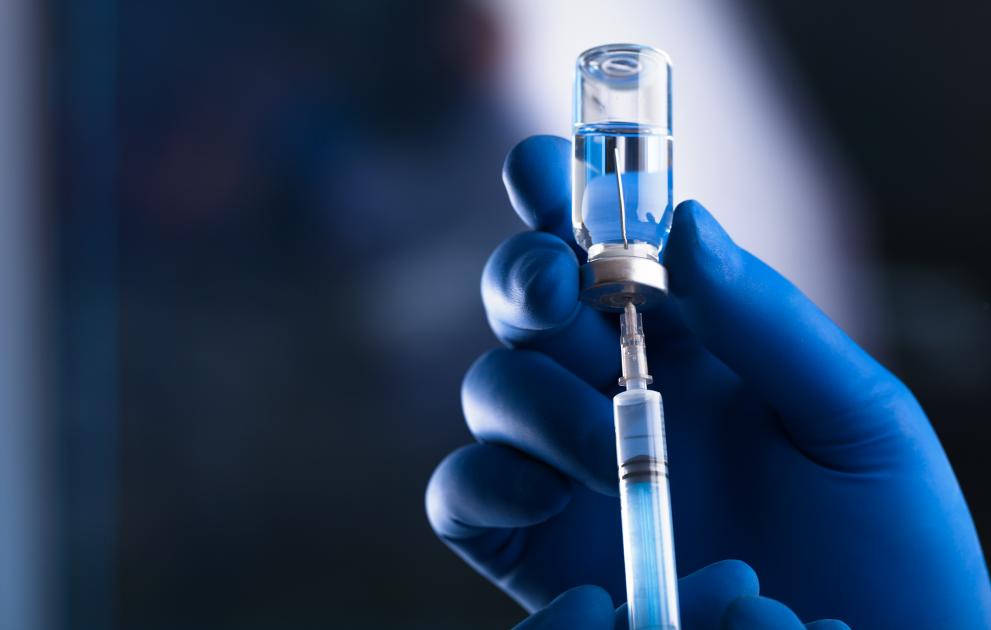
A commonly shared characterisation strategy for nanovaccines would contribute to improving their performance and reducing development times. Scientists from the European Commission’s Joint Research Centre and the University of Siena propose such a strategy in a paper published today in Nature Nanotechnology.
Several of the most effective vaccines against COVID-19 such as BioNTech/Pfizer and Moderna are so-called nanovaccines. This means they use nanosized particles to protect the active ingredient: the messenger RNA that encodes the viral spike protein.
Measuring critical quality traits of innovative vaccines, or their characterisation, is essential at each stage of their discovery, development, production, and quality control. Erroneous characterisation of a vaccine can have dire consequences.
Pre-clinical characterisation of nanovaccines is, however, more challenging than in the case of “traditional” vaccines. This is because their active ingredient is a highly complex molecule, and because the delivery and ability to trigger an immune response (the so-called immunogenicity) directly depends on the composition and properties of the nanoparticle, which often consists of several components.
To solve this problem, scientists from the European Commission’s Joint Research Centre and the University of Siena published paper to propose a general strategy for accurate pre-clinical characterisation of nanovaccines. The strategy outlines a constantly optimised process based on three groups of assessments:
- measurement of the physical, chemical, and stability properties of nanovaccines;
- characterisation of their in-vitro immunogenicity and toxicity; and
- characterisation of their in-vivo immunogenicity and safety.
Incorporating this accurate and systematic characterisation strategy early in the design and development of nanovaccines minimises the risk of possible setbacks and time delays that can be caused by incomplete characterisation.
The optimised characterisation strategy will play an important role in the fast development of “next generation” nanovaccines including ones that are stable at room temperature, requiring less stringent storage conditions. They will therefore be simpler to produce and deliver, which is key in emergencies like the COVID-19 pandemic.
Ultimately, the strategy could contribute to proactively tackling emerging pathogen outbreaks and antimicrobial resistance.
Related links
- Characterization of nanoparticles-based vaccines for COVID-19
- Why there might be no end in sight in the COVID-19 pandemic
- Coronavirus response: monitoring of wastewater contributes to tracking coronavirus and variants across all EU countries
- JRC: The one-stop shop for COVID-19 test information
- JRC Nanobiotechnology Laboratory
Details
- Publication date
- 16 June 2022
- Author
- Joint Research Centre
